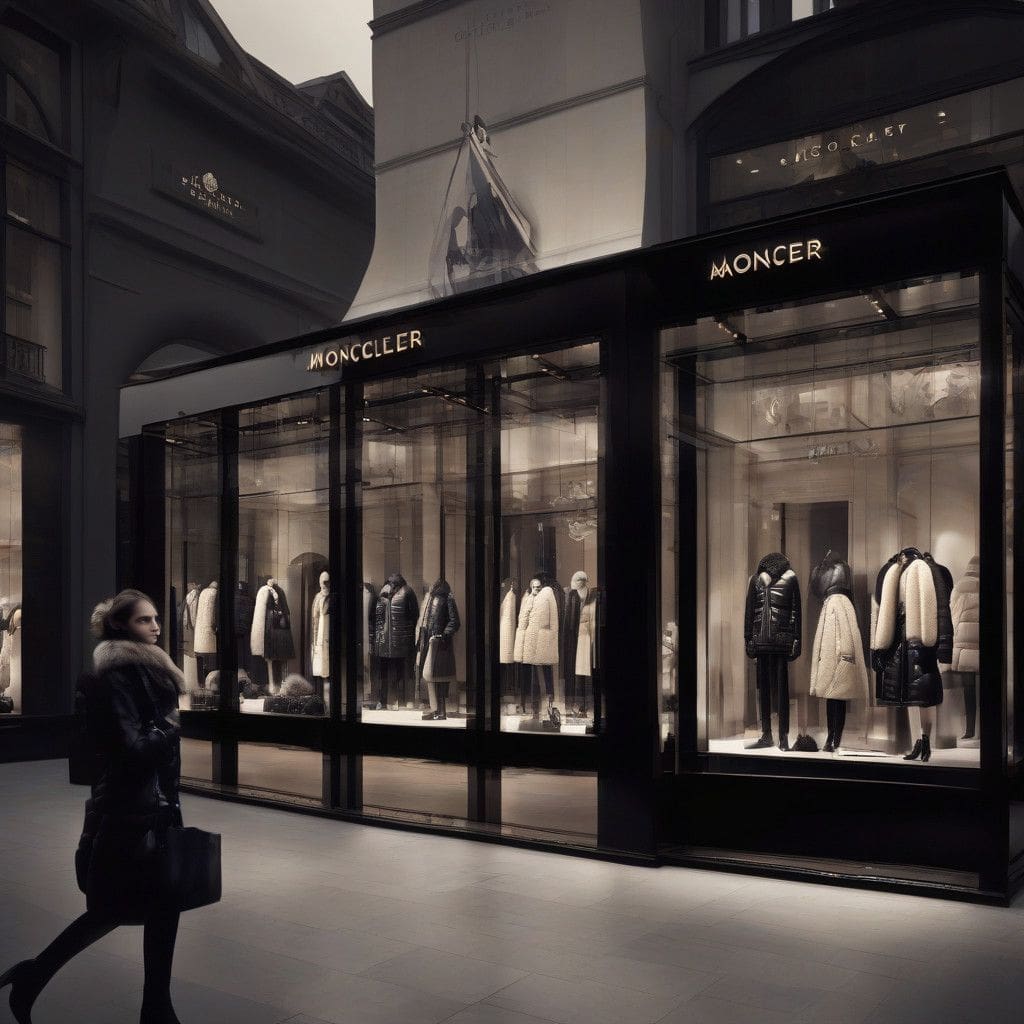Moncler Group, a renowned name in the luxury fashion sector, reported a 3 percent year-on-year decline in third-quarter revenues, primarily affecting its wholesale operations. The Italian outerwear brand now sees sales at approximately €636 million ($687 million), indicating that even leading firms are not immune to the broader market headwinds affecting consumer confidence globally. Following strong performance in the first half, when Moncler surged by 15 percent, the decline raises pressing questions about the sustainability of growth in today’s volatile luxury market.
The luxury market has experienced notable shifts, with even successful brands feeling the pressure. For Moncler, sales of its primary brand dropped by 3 percent, an outcome mirrored by its subsidiary Stone Island, whose revenues declined by 4 percent. Notably, direct-to-consumer (DTC) sales for Stone Island increased sharply—up 28 percent year-on-year—but this was not sufficient to cover the losses suffered in wholesale sales. The overall drop in sales underlines the brand’s struggle to navigate a period defined by economic uncertainty and changing consumer preferences.
Current Market Dynamics
Economic headwinds continue to influence luxury spending. A combination of rising prices and a perceived lack of innovation in design is dampening what has been a robust segment of the fashion industry. According to industry analysts, consumers are exhibiting hesitance in their purchasing behavior, largely influenced by concerns over inflation and economic stability.
Numerous reports indicate that evolving consumer attitudes could significantly impact luxury brands, including Moncler. The decline in revenue raises an essential question: how long will this sector-wide slowdown persist? Reports of low consumer confidence intersect with high prices, creating a challenging environment for brands that have historically thrived on exclusivity and premium pricing.
Meeting the Challenges Head-On
In response to these challenges, brands like Moncler are reevaluating their strategies. Addressing declining wholesale sales necessitates a pivot towards enhancing direct-to-consumer experiences. It’s not just about selling coats; it’s about creating an immersive shopping experience that resonates with consumers’ evolving expectations.
Brands that have successfully fostered a DTC approach can provide insights into effective strategies. For example, enhancing online platforms, personalizing marketing efforts, and leveraging social media channels can help create a loyal clientele amidst declining retail sales. This DTC focus allows companies to capture valuable customer data and build stronger relationships with consumers, pivotal in a competitive market landscape.
Moreover, building innovative product lines can reinvigorate interest among consumers. Collaborations with artists and influencers, as seen with other longstanding brands, have brought fresh energy to iconic collections. Moncler, known for its distinctive quilted outerwear, has previously ventured into diverse collaborations, and leveraging this creativity could be key to reversing the current sales trajectory.
Conclusion
As Moncler navigates through this turbulent landscape, it becomes apparent that adaptability is crucial. The interplay between evolving consumer interests, economic pressures, and competitive positioning will determine the future trajectory of Moncler Group and its brands. The question of whether this is a temporary dip or indicative of a broader trend remains. However, with a renewed focus on direct engagement with customers and a commitment to innovation, Moncler can aim to regain its footing in the luxury market.
In the coming months, the agility of brands within the fashion sector will be put to the test—those able to cultivate authentic connections with consumers and refresh their offers in line with market demands are likely to prevail.












